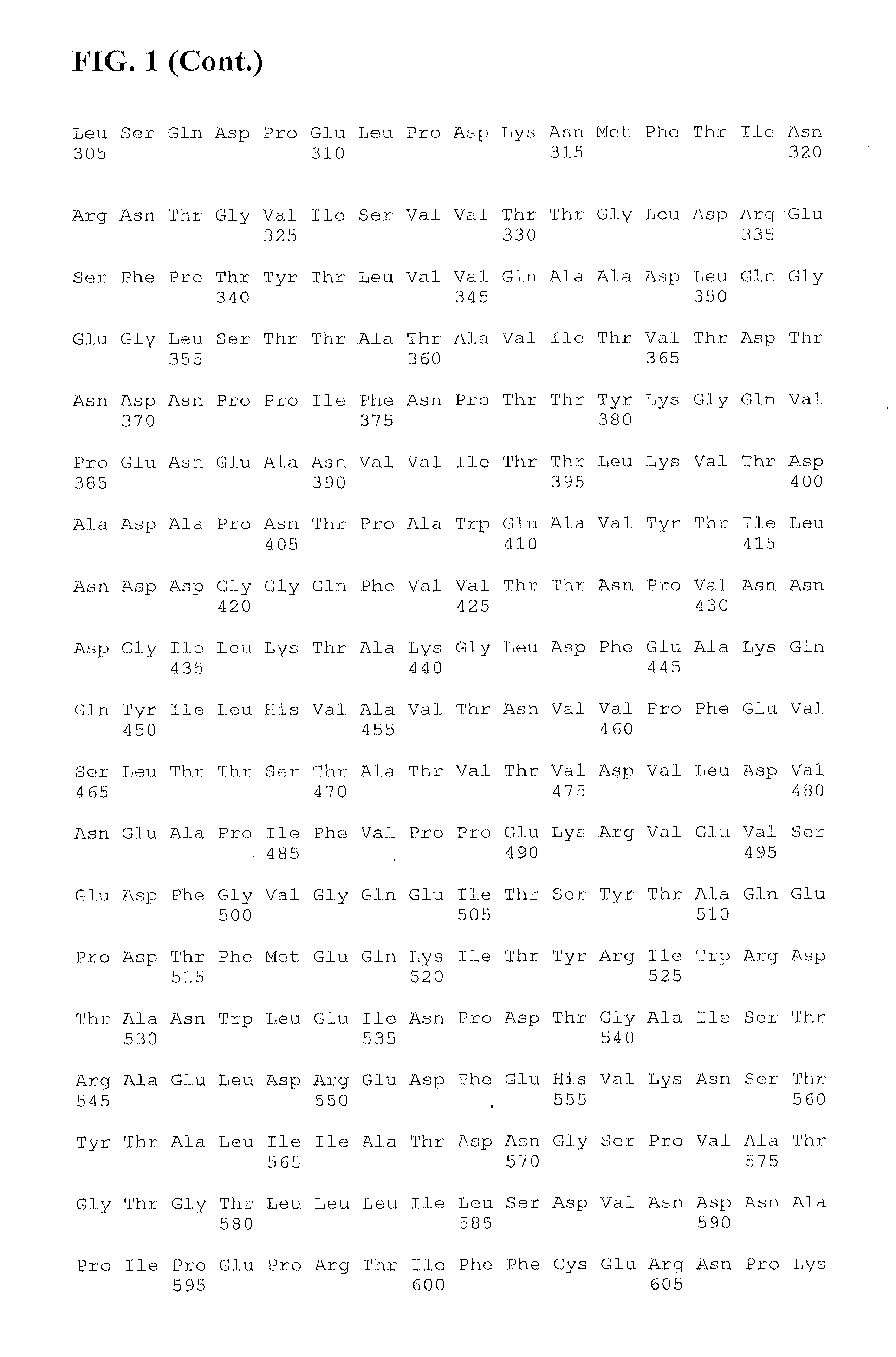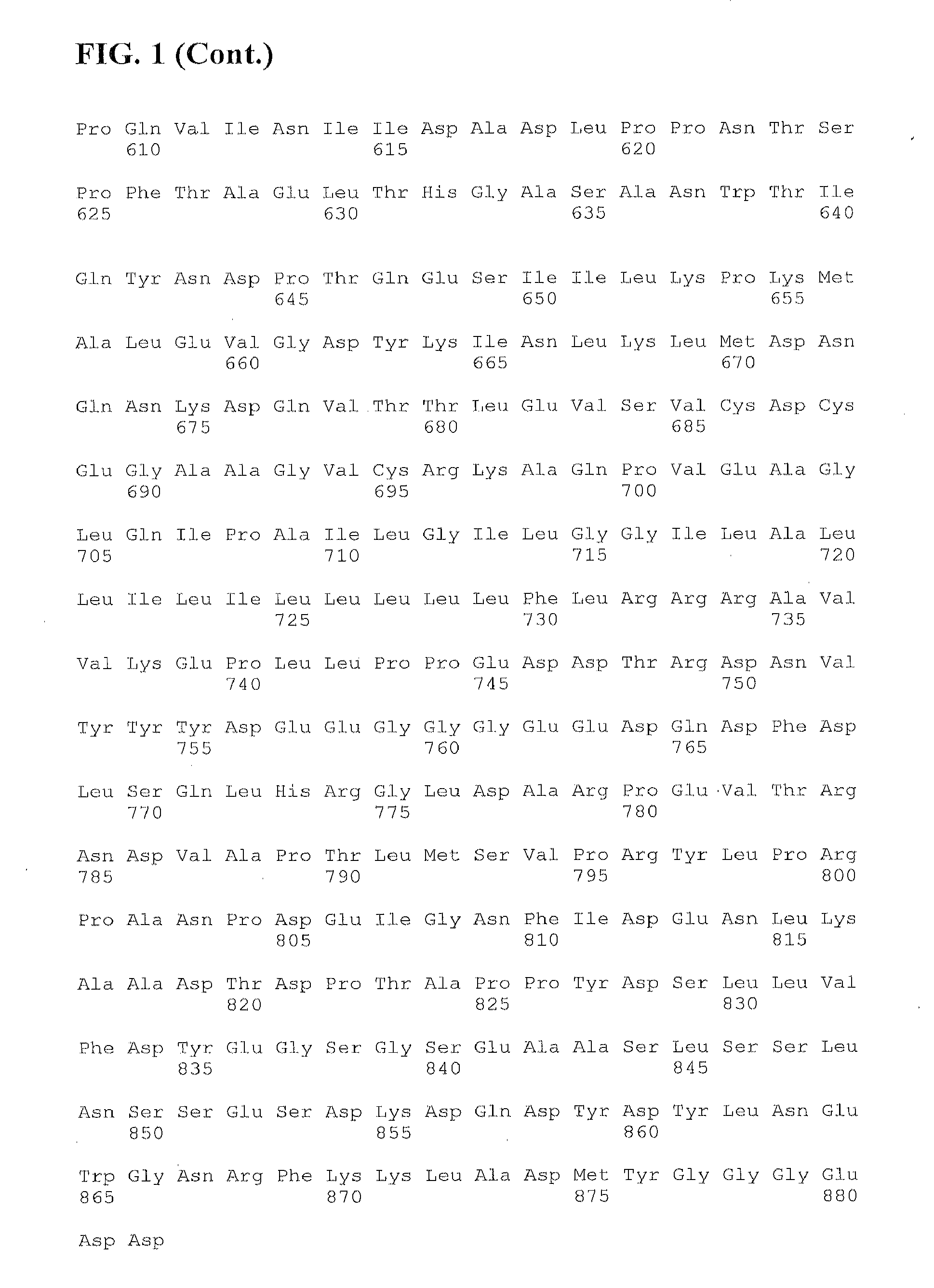E-cadherin as a biomarker of gastroesophageal reflux disease
a biomarker and gastroesophageal reflux disease technology, applied in the direction of fluorescence/phosphorescence, animal/human proteins, instruments, etc., can solve the problems of esophageal adenocarcinoma, affecting productivity and quality of life, and costing $13.9 billion dollars per year
- Summary
- Abstract
- Description
- Claims
- Application Information
AI Technical Summary
Benefits of technology
Problems solved by technology
Method used
Image
Examples
example 1
[0089]The pathogenesis of GERD is accepted as arising from prolonged contact of EE with refluxed gastric hydrochloric acid (HCl), and the accuracy of these concepts supported by the enormous success of PPI therapy, both in controlling heartburn and other symptoms of GERD and healing erosions. Yet, given the presence of physiologic reflux and the fact that healthy subjects experience no heartburn during esophageal acid perfusion (Bernstein test), it is evident that not all acid contact with EE is damaging, and this in part a testament to defenses within the esophageal epithelium (EE) itself. Among the more important of these intrinsic defenses is the barrier function of EE (9). This is performed by the apical membranes of surface cells within stratum corneum and adjacent apical junctional complexes (AJCs) that guard the paracellular (shunt) pathway. The cells of stratum corneum have been shown to represent the barrier layers, as evidence by their collective ability to block diffusion...
example 2
The Barrier Function of Esophageal Epithelium
[0092]The Apical Cell Membrane. The esophageal epithelium (EE) lacks a surface mucus-unstirred water layer rich in HCO3− to neutralize back diffusing H+ (9). Consequently, its first major defense is the barrier function of the EE, the latter created by the apical cell membranes and AJCs. Although the apical cell membranes are designed to keep luminal H+ from diffusing directly into the cell, its lipid bilayer contains an amiloride-insensitive, cation channel, designed for Na+ aborption (29, 30). This channel, however, is non-selective, permitting K+ and Li+ to diffuse through it as well as Na+. Though this raised the concern that H+ could also traverse it, monitoring pHi in surface cells suggested that this was not the case since even pHo of 2.0 did not change pHi (27). To examine this process in greater detail, a Ussing chamber (U-chamber) model was created in which Na+ passage through the channel could be monitored in rabbit EE as a cur...
example 3
Barrier Breakers in Refluxate, Meals & Inflammation
[0097]Barrier Breakers. Agents that increase paracellular permeability (PCP) in EE are potential contributors to GERD by enabling diffusion of luminal acid into the intercellular space. Therefore, substances were sought within the refluxate, meals and inflammation that could ‘break the barrier’. This was done by exposing rabbit EE in U-chambers to candidate inflammatory agents while both monitoring RT, as a marker of PCP, and Isc (short circuit current), as a marker of active transport. The inflammatory agents were selected based on presence in EE or on reports that they can break the barrier in other epithelia (47-60).
[0098]Interestingly, aside from high luminal acidity, the only barrier breakers identified were: pepsin at pH 2, taurocholic acid at pH 2, and at pH 7.4: alcohol, heat, hypertonicity and trypsin. It is noteworthy that trypsin can break the barrier since it can be present within refluxates of near-neutral pH when patie...
PUM
| Property | Measurement | Unit |
|---|---|---|
| pH | aaaaa | aaaaa |
| pH | aaaaa | aaaaa |
| pH | aaaaa | aaaaa |
Abstract
Description
Claims
Application Information
 Login to View More
Login to View More - R&D
- Intellectual Property
- Life Sciences
- Materials
- Tech Scout
- Unparalleled Data Quality
- Higher Quality Content
- 60% Fewer Hallucinations
Browse by: Latest US Patents, China's latest patents, Technical Efficacy Thesaurus, Application Domain, Technology Topic, Popular Technical Reports.
© 2025 PatSnap. All rights reserved.Legal|Privacy policy|Modern Slavery Act Transparency Statement|Sitemap|About US| Contact US: help@patsnap.com



